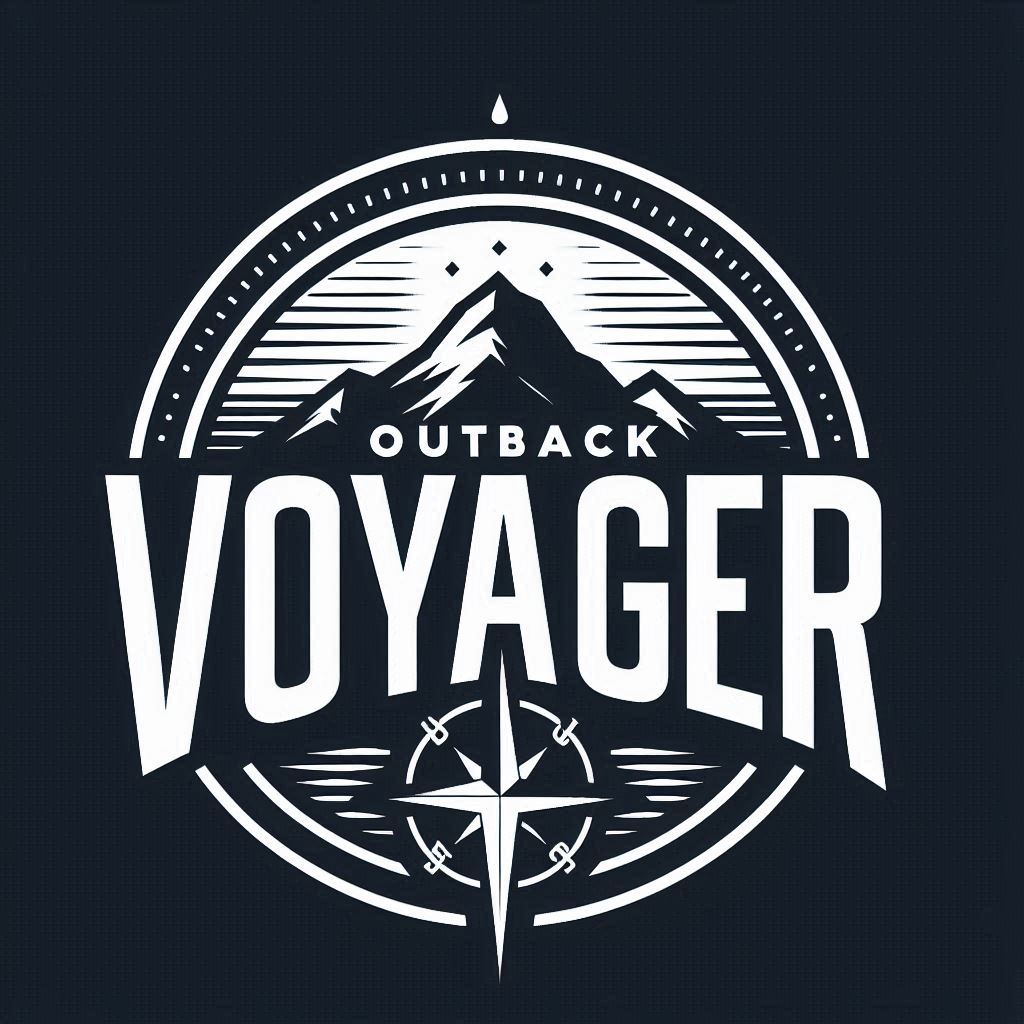Backcountry skiing offers a unique and exhilarating way to experience the mountains, away from the crowds and groomed trails of ski resorts. However, it also requires a solid understanding of the terrain and features you might encounter. Here’s a beginner’s guide to help you get started.
When you think of backcountry ski terrain, it’s essential to recognize the different zones you’ll come across. Each terrain type has its own set of challenges and beauties. Knowing what to expect can help you enjoy the ride safely.
Alpine Terrain: This is the high-altitude territory where things get seriously wild. Up here, you’ll find open expanses, ridges, and steep slopes. It’s breathtaking but also demanding, often involving glaciers and vast snowfields. You’ll need strong skills in navigation and stability assessment.
Sub-Alpine Terrain: Just below the alpine zone, this is the area with scattered trees, meadows, and open bowls. It’s a mix of gorgeous views and varied skiing conditions. It offers a bit more shelter than the alpine terrain, but be prepared for changing weather and visibility.
Tree line Terrain: This is the sweet spot where the forest starts thinning out before giving way to full alpine. It provides a nice balance—some protection from the wind and better visibility while still being close to those high-altitude thrills.
Forest Terrain: Dense tree cover rules this space. It’s great for protection from wind and avalanches but demands sharp navigation skills because you’ll be weaving through tight spaces. This zone is perfect for those who like a challenge and a bit more cover while skiing.
Recognizing Common Terrain Features
Backcountry skiing takes you across a variety of landscape features, each with its own set of thrills and challenges. Knowing these features inside out will make your rides safer and more enjoyable.
Bowls are large, open depressions that look like Mother Nature’s playground. They often offer wide, untracked powder, making them a dream for powder enthusiasts. However, bowls are prone to avalanches, so always assess conditions carefully before dropping in.
Ridges and spurs can be your best friends for safe travel. These elevated sections are usually more stable, as they help you avoid avalanche-prone slopes. Watch out for wind exposure and cornices that can form on the downwind side, and always tread carefully.
Glades—those areas with widely spaced trees—offer a delightful mix of open skiing and the protection of tree cover. They’re usually safer from avalanches and are great for intermediate skiers looking to enjoy some shelter without the tight navigation required in dense forests.
Couloirs are the narrow, steep gullies or chutes that can make your heart race. These features demand advanced skiing skills and a solid understanding of avalanche conditions. Only tackle couloirs if you’re confident in both your skiing and safety assessment.
Moraine and glacial terrains are for the truly adventurous. Found in glaciated regions, these areas feature rocky debris and crevasses. You’ll need to be well-versed in glacier travel and rescue techniques to navigate these safely. It’s challenging but incredibly rewarding for seasoned backcountry skiers.
Building Essential Skills and Knowledge
Avalanche Awareness: You can’t mess around with backcountry skiing without knowing how to read avalanche terrain. Recognizing warning signs and knowing how to use safety gear like beacons, probes, and shovels is crucial.
Navigation: Getting lost isn’t an option. You’ve got to be proficient with maps, compasses, and GPS devices. It’s not just about finding your way – it’s about staying safe.
Weather Interpretation: Weather can change in a snap. Knowing how it affects snowpack stability and being able to predict those changes can make all the difference.
Snowpack Analysis: Digging snow pits and analyzing layers in the snowpack helps you understand stability. This skill is essential for assessing avalanche risk.
First Aid: The backcountry isn’t near any hospitals. Basic wilderness first aid skills are vital for handling injuries or emergencies.
Prioritizing Safety and Preparation
Avalanche Beacon: This small device emits a signal to help rescuers find you if you’re buried in an avalanche. Always have it on and know how to use it.
Probe: A collapsible pole for probing through snow to locate someone who’s been buried. Quick, efficient use is key in an emergency.
Shovel: Essential for digging out a buried person and also useful for analyzing snowpack stability. Make sure it’s sturdy and lightweight.
Backpack: A reliable pack to carry all your gear, including safety essentials, food, water, and extra clothing. Comfort and durability matter here.
Helmet: Protects your head from falls and collisions. Never head into the backcountry without one.
Research and Planning: Study maps, weather forecasts, and avalanche reports before setting out. Have a clear route in mind and alternative options in case conditions change.
Group Dynamics: Skiing solo isn’t wise. Always go with a group where everyone knows the terrain and carries the necessary safety gear.
Physical Fitness: Backcountry skiing is intense. Being in good shape and acclimatized to altitude will mean a safer and more enjoyable trip.
Environmental Considerations: Follow Leave No Trace principles to minimize your impact on the environment. Respect private property, and make sure to pack out all your trash and be mindful of wildlife.
Its important to remember that with this freedom comes a responsibility to stay informed, prepared, and cautious. As you venture into the backcountry, always prioritize safety, respect the environment, and continuously build your skills. Whether you’re seeking solitude, challenging descents, or the simple joy of fresh tracks, the backcountry promises a rewarding journey for those who embrace it with respect and awareness.
